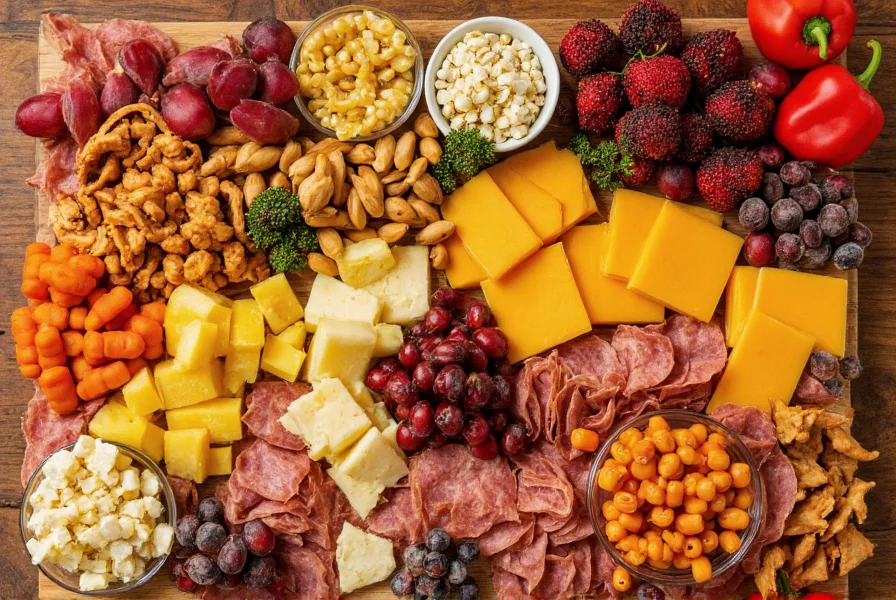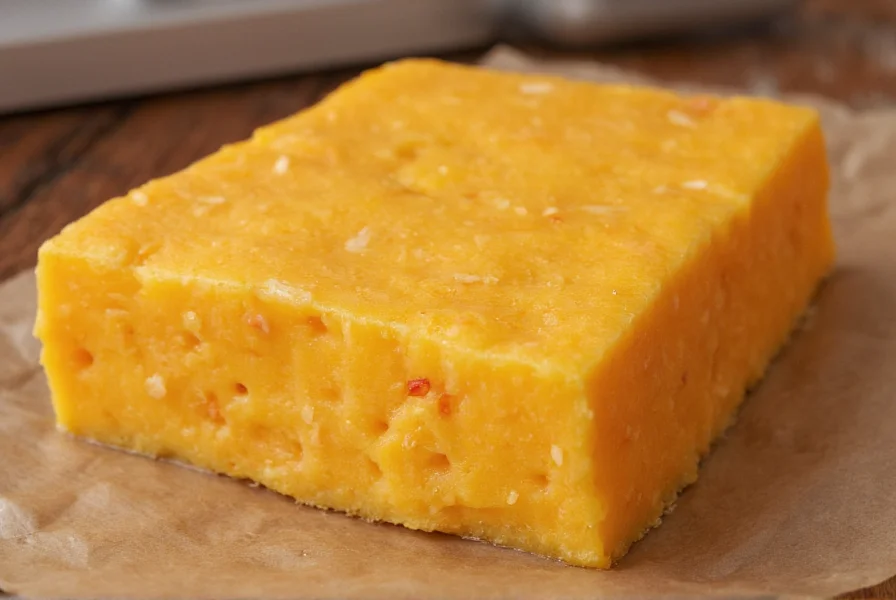Pepper cheese has become increasingly popular among cheese enthusiasts seeking bold flavors without compromising the creamy texture that makes cheese so versatile. Whether you're a spice lover or just looking to elevate your culinary creations, understanding the different varieties and applications of pepper cheese can transform your cooking experience.
Understanding Pepper Cheese Varieties
Pepper cheese encompasses several distinct varieties, each offering unique flavor profiles and heat levels. The primary categories include:
| Type | Base Cheese | Pepper Used | Heat Level | Best Uses |
|---|---|---|---|---|
| Black Pepper Cheese | Cheddar or Gouda | Cracked black pepper | Mild to medium | Grilled cheese, cheese boards, sandwiches |
| Pepper Jack | Monterey Jack | Jalapeños, habaneros | Medium to hot | Tacos, quesadillas, burgers, nachos |
| Cajun Pepper Cheese | Colby or Cheddar | Cajun spice blend | Medium | BBQ dishes, mac and cheese, omelets |
| Chipotle Cheese | Various bases | Smoked chipotle peppers | Medium | Smoked dishes, chili, dips |
How Pepper Cheese Is Made
The production process for pepper cheese follows standard cheese-making procedures with the addition of peppers at specific stages. For black pepper varieties, coarsely cracked black peppercorns are typically added during the curd stage before pressing. This allows the pepper to distribute evenly throughout the cheese while maintaining its distinctive texture.
Pepper jack cheese incorporates diced jalapeños or other chili peppers into the cheese curds. Some artisanal producers use a technique called "marbleizing," where spicy cheese curds are combined with plain curds to create a marbled appearance with pockets of heat. The aging process affects both the cheese's texture and how the pepper flavors develop—shorter aging periods preserve more of the fresh pepper flavor, while longer aging allows the heat to mellow and integrate more fully with the cheese.

Flavor Profile and Characteristics
Pepper cheese offers a complex flavor experience that combines the base cheese's characteristics with the distinctive qualities of the added peppers. Black pepper cheese typically features:
- A creamy, slightly tangy base from quality cheddar or gouda
- Distinctive bursts of warm, earthy heat from cracked black pepper
- A subtle floral note that develops as the cheese ages
- A firm texture that becomes more crumbly with extended aging
Pepper jack cheese presents different characteristics:
- A smooth, semi-soft texture from the Monterey Jack base
- Immediate heat followed by a slow-building warmth from the chili peppers
- Fruity undertones from quality jalapeños or habaneros
- Excellent melting properties that distribute the pepper flavor evenly
Culinary Applications and Pairing Suggestions
Pepper cheese shines in numerous culinary applications thanks to its versatility. For black pepper cheese varieties, consider these applications:
- Sandwiches and burgers: Adds complexity without overwhelming other ingredients
- Cheese boards: Pairs beautifully with honey, dried fruits, and crusty bread
- Pasta dishes: Grated over creamy pasta creates a restaurant-quality meal
- Charcuterie: Complements cured meats like prosciutto and salami
Pepper jack cheese excels in:
- Mexican-inspired dishes: Essential for authentic quesadillas and nachos
- Breakfast items: Melts perfectly in omelets and breakfast burritos
- Appetizers: Creates impressive stuffed jalapeño poppers
- Grilled cheese: Transforms a simple sandwich into something extraordinary

Nutritional Considerations
Pepper cheese offers similar nutritional benefits to its base cheese varieties with the added benefits of peppers. A one-ounce serving typically contains:
- Approximately 100-120 calories
- 6-8 grams of protein
- 7-9 grams of fat (mostly saturated)
- Calcium providing 15-20% of daily value
- Trace amounts of vitamins from the peppers
The peppers contribute capsaicin, which has been studied for potential metabolic benefits. However, pepper cheese should still be consumed in moderation as part of a balanced diet, especially for those monitoring sodium intake.
Selecting and Storing Pepper Cheese
When selecting quality pepper cheese, look for:
- Even distribution of peppers throughout the cheese
- No signs of mold (except on intentional mold-ripened varieties)
- A clean, fresh aroma without sour or ammonia notes
- Proper labeling indicating the type of peppers used
For optimal storage:
- Wrap in parchment paper first, then loosely in plastic wrap
- Store in the vegetable drawer of your refrigerator
- Consume within 2-3 weeks for best flavor
- Bring to room temperature for 30-60 minutes before serving
Frequently Asked Questions
What's the difference between pepper jack and regular jack cheese?
Pepper jack cheese is a variation of Monterey Jack that incorporates diced jalapeños, habaneros, or other chili peppers along with other seasonings like garlic and herbs. Regular Monterey Jack is a mild, semi-soft cheese with a buttery flavor and excellent melting properties, while pepper jack adds noticeable heat and visual appeal from the peppers distributed throughout the cheese.
Can I substitute black pepper cheese for regular cheddar in recipes?
Yes, black pepper cheese makes an excellent substitute for regular cheddar in most recipes, though it will add a distinctive peppery flavor. In dishes where you want the cheese flavor to shine without additional seasoning, use a 1:1 substitution. For recipes that already contain black pepper, you may want to reduce additional pepper by about 25-50% to avoid overpowering the dish with heat.
Why does my pepper cheese sometimes have dark spots?
The dark spots in pepper cheese are typically concentrated areas of pepper that have undergone slight oxidation during the aging process. This is completely normal and safe to eat. In black pepper cheese, these spots come from the natural compounds in cracked black peppercorns. In pepper jack, they may be from concentrated areas of chili peppers. These spots often have a slightly more intense flavor than the surrounding cheese.
How can I reduce the heat level in pepper cheese for sensitive palates?
To moderate the heat in pepper cheese, try these approaches: select varieties made with milder peppers like poblano instead of jalapeño, choose younger cheeses that haven't fully developed their heat, pair with cooling elements like sour cream or avocado, or combine the pepper cheese with a mild cheese like mozzarella in a 1:1 ratio to dilute the heat while maintaining flavor complexity.











 浙公网安备
33010002000092号
浙公网安备
33010002000092号 浙B2-20120091-4
浙B2-20120091-4